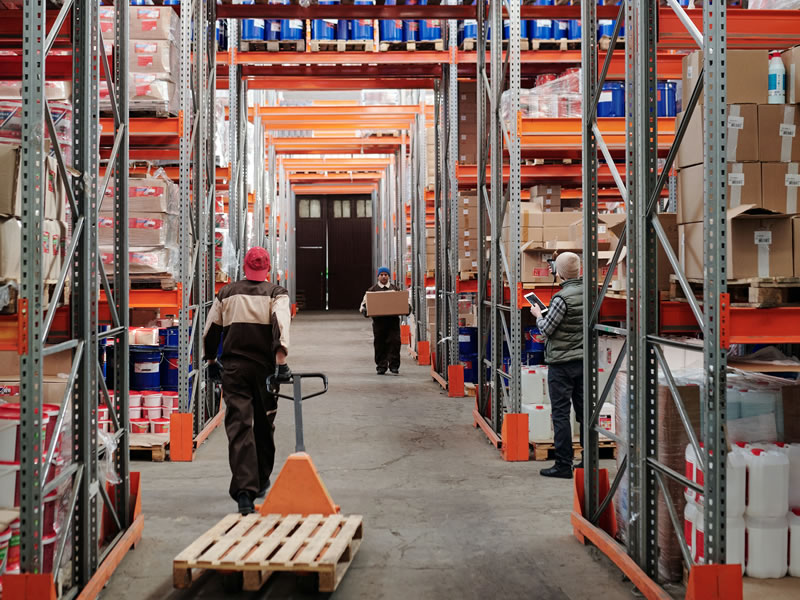
Traditional import companies of consumer products were not prepared for a digital sales process with marketplaces. The amount of consumer items available began to grow in geometric progression, increasing the inventory’s risk, and the final blow was one-to-one international website sales to end users.
The products imported through maritime containers are increasingly focused on commodities and basic consumer products, whether durable or consumable, and for this reason, a new branch of importation was initiated: the direct import by consumer, which now arrives by plane here in Brazil between 10 and 60 days, depending on the logistical model.
Therefore, if you are a manufacturer of a product niche, or of high added value item, such as a high power blender, or a high quality juice machine; if you manufacture a security camera that has sensors which differ in price and quality from others, or a brand of high quality appliances destined to the A/B economic class, and dreams with an importer who fills containers and assumes the risk of selling in Brazil, I am sure that the probability of it materializing in your business is close to zero.
On the other hand, if you accept this new reality of the distribution model and instead of fighting against it, try to understand its dynamics, by evaluating tools and possibilities, the chance and probability of your conquering a new market is certainly very high.
My goal here is to show you how to be highly successful in the largest consumer market in Latin America, with zero risk, little investment but with some paradigms shift to the new reality of the digital international market.
